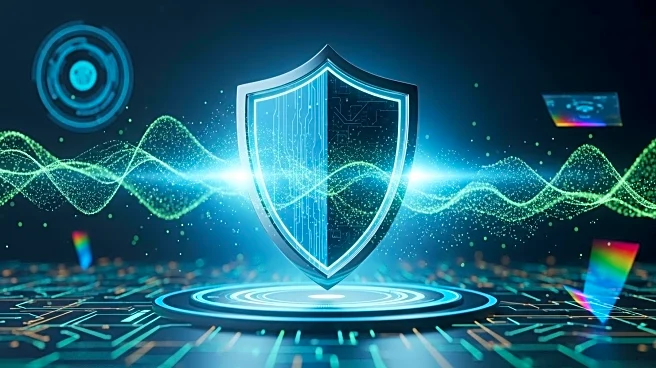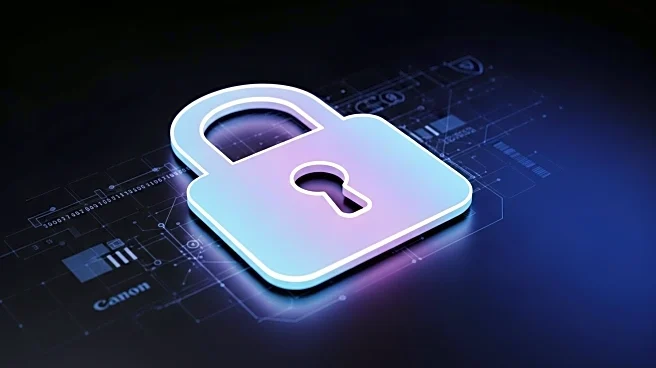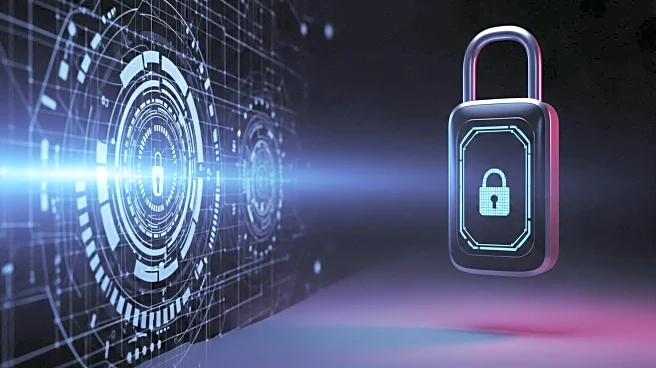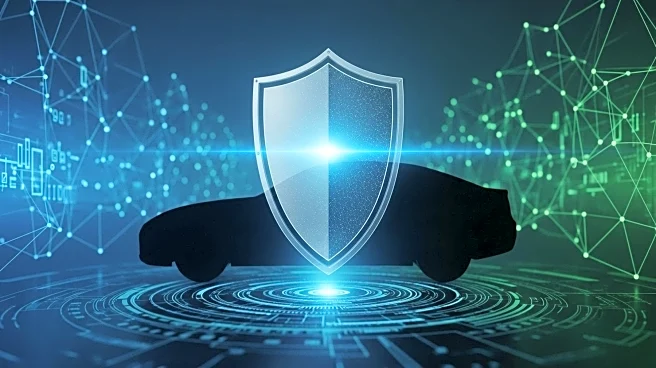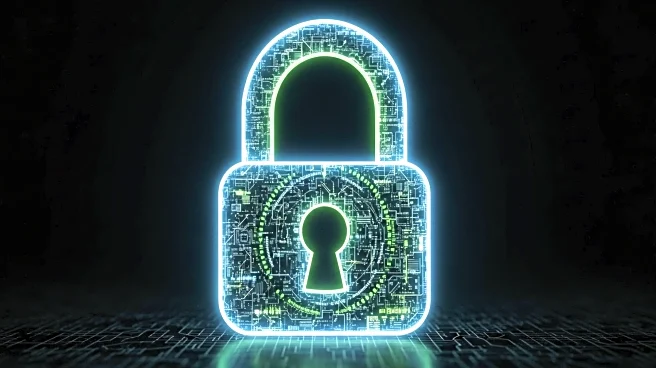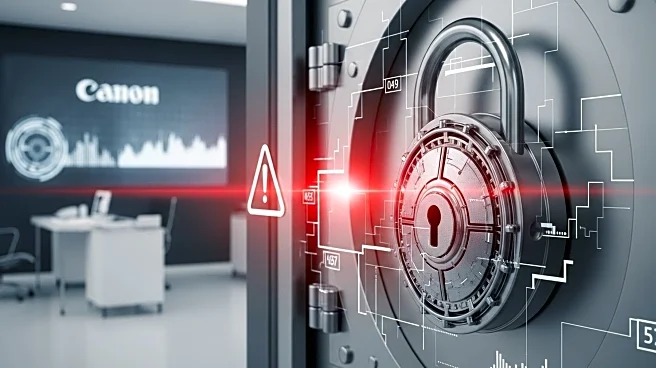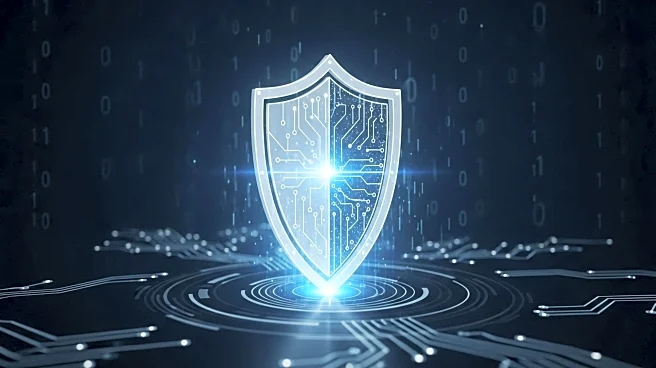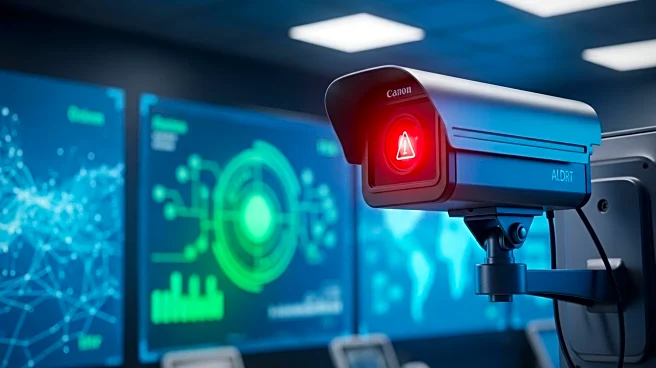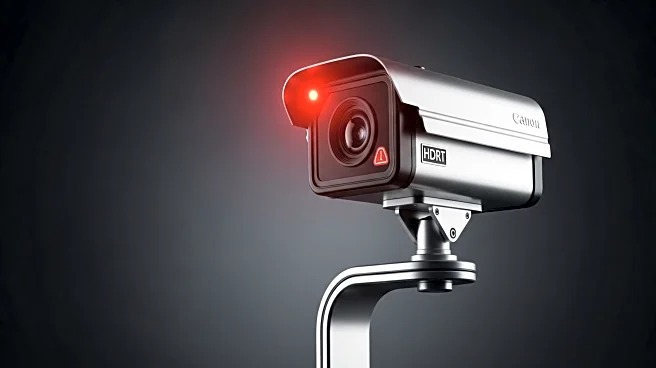What is the story about?
What's Happening?
Chief Information Security Officers (CISOs) are adapting to a new era in cybersecurity, where the focus has shifted from total prevention to rapid response and damage control. This change in strategy acknowledges that breaches are inevitable, and the priority is now on minimizing the impact and preventing attackers from escalating damage once inside a system. This approach involves investing in enhanced visibility, smarter automation, and tighter internal controls, moving away from the traditional belief that perimeter defenses alone are sufficient.
Why It's Important?
This strategic shift is crucial as it reflects a more realistic approach to cybersecurity in an increasingly complex threat landscape. By accepting that breaches will occur, organizations can better prepare to mitigate their effects, potentially reducing financial losses and reputational damage. This change also emphasizes the importance of internal security measures, such as segmenting networks and implementing robust access controls, to limit the movement of attackers within a system. The new focus on rapid response can lead to more resilient organizations capable of withstanding and recovering from cyber incidents more effectively.
What's Next?
As this new strategy takes hold, organizations are expected to invest more in technologies that enhance their ability to detect and respond to threats quickly. This may include adopting advanced threat intelligence platforms, improving incident response plans, and training staff to recognize and react to security breaches. Additionally, there may be increased collaboration between industry stakeholders to share best practices and develop more comprehensive security frameworks. The role of CISOs will continue to evolve, requiring them to balance technical expertise with strategic leadership to navigate the changing cybersecurity landscape.
AI Generated Content
Do you find this article useful?
